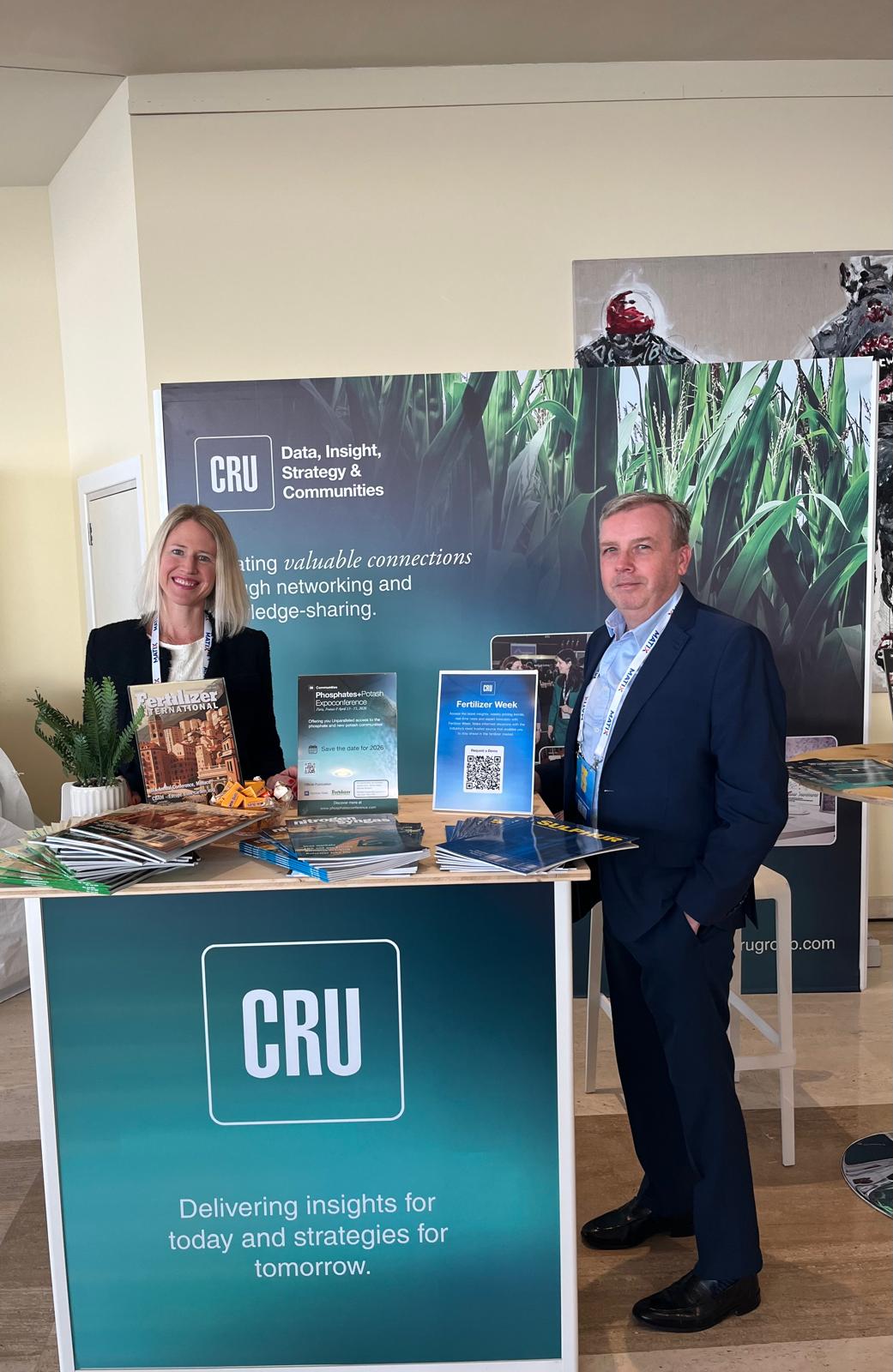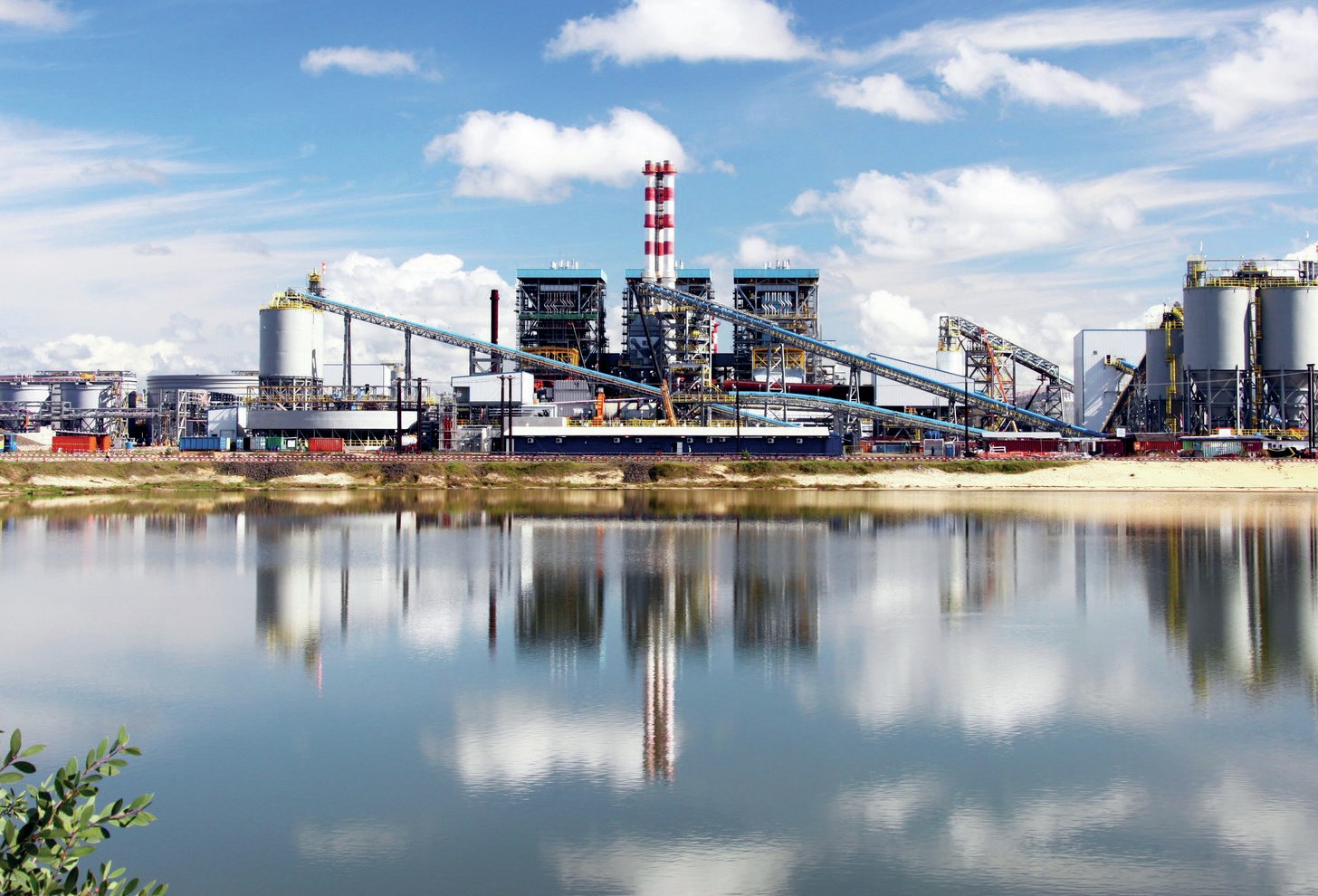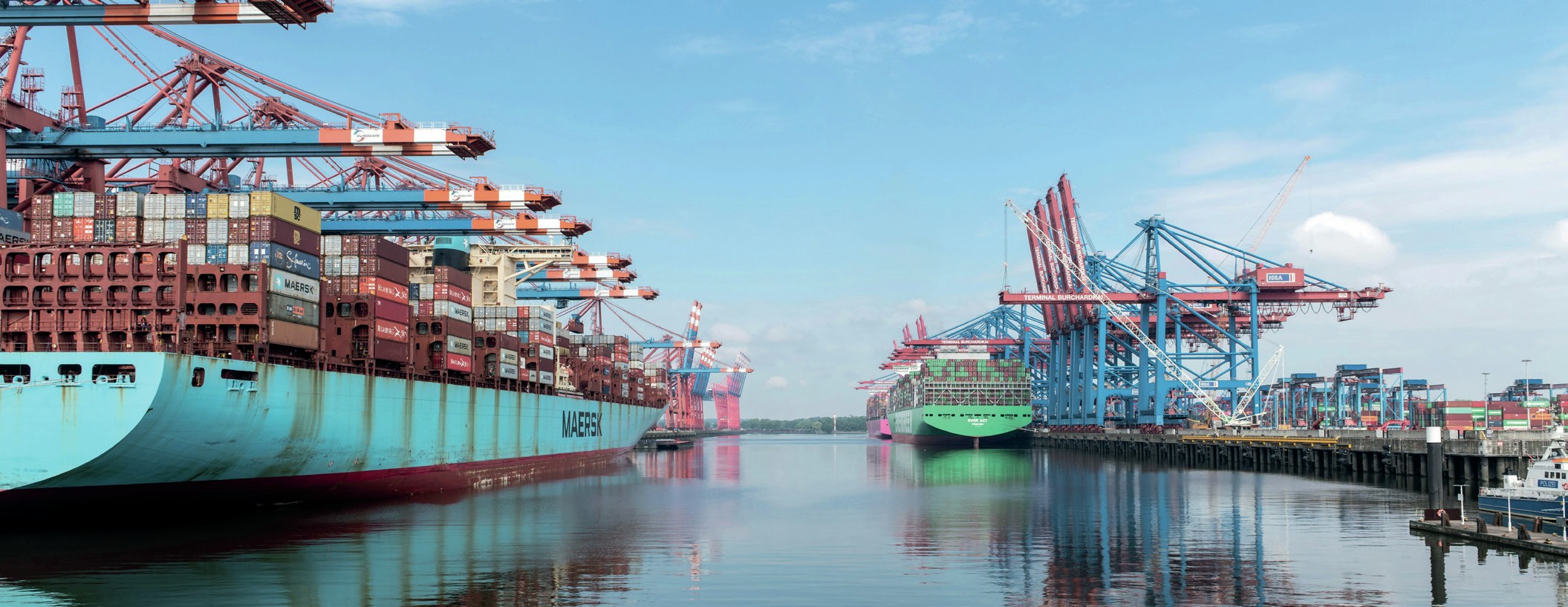Fertilizer International 497 Jul-Aug 2020

31 July 2020
The water-soluble phosphate market
MARKET REPORT
The water-soluble phosphate market
Demand from horticulture has seen the use of water-soluble phosphates rise globally to almost one million tonnes annually. We assess the market and its growth prospects, identify leading producers and highlight recent product innovations.

Water-soluble fertilizers (WSFs) are a niche group of speciality products that nevertheless occupy a strongly-growing segment of the global fertilizer market. The world market for WSFs – valued at $14-15 billion according to some estimates – generates around $3.6 billion in wholesale revenues annually1 .
Latest global sales volumes are estimated at 3.6 million t/a, up by around 360,000 tonnes in two years, a rise of more than 10 percent. East Asia and Europe are the leading regional consumers of WSFs with a market share of 33 percent and 23 percent, respectively. Latin and North America combined are also responsible for a further 24 percent of world WSF consumption1 (Figure 1).
Applying fertilizers in soluble form offers a number of clear-cut efficiency gains for commercial growers – whether in terms of input costs, nutrient use efficiency, labour, time or energy. The adoption of WSFs also comes at a time of agricultural intensification – the drive to get more crop per drop and per acre – a trend that is in turn linked to constraints on water and land availability.
The market for water-soluble fertilizers is largely split between fertigation, with a two-thirds share of consumption, and foliar applications which account for most of the remaining one-third of usage.
Growing demand for WSFs has been a natural consequence of the adoption of drip irrigation systems in fruit and vegetable growing. The rise of fertigation – the delivery of water-soluble fertilizers via irrigation systems – has been a particular strong driver of market growth.

Almost 16 million hectares of land are now watered via drip irrigation worldwide. Adoption is particularly high in China, the US, India and Spain (Figure 2).
Europe, where deployment of high-tech hydroponic and drip irrigation systems is relatively widespread, represents a sizeable and a mature market for WSFs. The WSF market in Africa has also benefitted from the growth in horticulture to serve the European market and the attendant rise in drip irrigation that has accompanied this.
The scale of the WSF market in North America, in contrast, has been constrained historically by competition with liquid fertilizers and the region’s relatively small vegetable growing market. India, meanwhile, is a small (around 150,000 t/a) but skyrocketing growth market for WSFs1 .
The world market for WSFs is forecast to grow at around 5-7 percent p.a. during the current decade to reach 6.4 million tonnes by 20281 . Underlying long-term growth fundamentals remain good, with the expansion potential for fruit and vegetable growing in Asia providing a particularly strong demand push. The future trajectory of Chinese agriculture – including tighter environmental regulation, rising labour costs and efficiency improvements – also offers fav ourable growth prospects1 .

Water-soluble phosphates
The water-soluble fertilizer market is divided between four main product categories (Figure 3):
- Potassium nitrate (NOP)
- Calcium nitrate (CN)
- Water-soluble phosphates
- Potassium sulphate (SOP)
The manufacture and sale of water-soluble phosphate products has grown into a sizeable global market of almost one million tonnes – a sales volume that is roughly equivalent to 30 percent of the total world market for WSFs2 . Main products include:
- Monoammonium phosphate (MAP, 12-61-0)
- Monopotassium phosphate (MKP, 0-52-34)
- Phosphoric acid
- Diammonium phosphate (DAP, 18-46-0)
- Urea phosphate (UP, 18-44-0)
- Polyphosphates
MAP and MKP combined account for almost 90 percent of world consumption. MAP is the dominant product in the global marketplace, with a market share of more than 70 percent2 (Figure 4).
Monoammonium phosphate (MAP)
MAP is by far the most widely produced and consumed type of water-soluble phosphate globally. World consumption is around 680,000-690,000 t/a, with China alone accounting for almost six-tenths of the global market. The EU, Latin America – particularly Brazil and Mexico – and Mediterranean countries such as Turkey also represent sizable regional markets for water-soluble MAP (Figure 5).

Average global growth in the water-soluble MAP market (4-5% p.a.) masks distinct regional variations. Much strong growth prospects in Asia (14% p.a.) contrast with the more stagnant growth rates (1-2% p.a.) seen in the mature markets of North America and the EU.
Global water-soluble MAP production capacity is circa 695,000-745,000 t/a, with the majority of this capacity (400,000450,000 t/a) being located in China. Major global producers include:
- Prayon: 70,000 t/a capacity
- Israel’s ICL Specialty Fertilizers and Haifa Group: combined 75,000 t/a capacity (including MKP)
- Russia’s Uralchem, GMZ and Euro-Chem: 70,000 t/a capacity combined
- North America’s Innophos: 50,000 t/a capacity
- China’s Kingenta: 30,000-40,000 t/a capacity
Prayon has been manufacturing horticultural phosphates in Europe for over 40 years. The Belgian company markets a comprehensive range of water-soluble fertilisers. These were consolidated under the single Hortipray® brand in 2011. The Hortipray® range of fertilizer products are designed for application to fruits, vegetables, flowers and plants by fertigation. All these products are recognised for their purity and high solubility. They include:
- Monoammonium phosphate (MAP)
- Monopotassium phosphate (MKP)
- Potassium nitrate (NOP)
- micronutri Fe
- Pbooster

Notably, Prayon also markets the Hortiprayanticalc ® range of water-soluble fertilizers for fertigation. The Belgium-based producer offers anticalc versions of both of its standard HortiprayMAP ® and HortiprayMKP ® fertigation products:
- HortiprayMKP anticalc ® contains 52 percent phosphorus (P2 O5 ) and 34 percent potassium (K2 O) and has a solubility of 230 g/L at 20°C
- HortiprayMAP anticalc ® contains 61 percent phosphorus (P2O5 ) and 12 percent nitrogen (as NH4 ) and has a solubility of 384 g/L at 20°C.


Both Hortiprayanticalc ® products are designed to ensure continuous and uniform irrigation and avoid the unnecessary loss of water and nutrients. Their anticalc properties prevent the build-up of limescale and phosphates on irrigation pipes and the growth of bacteria. This reduces the risk of blockages and uneven irrigation. It also extends the life of irrigation pipes.
Monopotassium phosphate (MKP)
Monopotassium phosphate (MKP) is sold commercially as a fertilizer, food additive and fungicide.
Fertilizer-grade MKP is a high-analysis product (0-52-34) that provides plants with a concentrated supply of both potassium and phosphorus. MKP is primarily marketed as a speciality fertilizer for use on high-value crops, to justify its premium. Its high purity and water solubility make it an ideal fertilizer for fertigation – hydroponics in particular – and foliar application.
MKP is a highly-concentrated source of both P and K with a total nutrient content of 86 percent. Applications help to increase the sugar content of fruit crops and improve their quality. Its use is especially valuable in situations where nitrogen fertilisation needs to be limited.
MKP is fully water-soluble with a low salt index and is free of chloride, sodium and other deleterious constituents. It can be used as a buffering agent in fertigation solutions due to its moderately low pH. MKP helps to optimise the plant absorption of nutrients by maintaining pH at 4.5.
MKP is the most expensive type of water-soluble product on the market (average cost of $1,700/t in 2017, for example). Total world production is in the region of 160,000 t/a, with China responsible for roughly one-third (50,000-60,000 t/a) of global production volumes. Major import markets include the US, Netherlands, Thailand, Italy and Belgium.
Outside of China, leading MKP suppliers Israel’s ICL Specialty Fertilizers (Nova PeaK) and Haifa Group (Haifa MKP) both have the capacity to produce around 35,000 tonnes of MKP annually, with Belgium’s Prayon (Hortipray MKP) producing a further 20,000 tonnes each year. Yara International (YaraTera Krista MKP) is another notable producer.
ICL is one of the largest manufacturers of MKP fertilizers worldwide. The company markets Nova PeaK (0-52-34), a high-purity MKP product that quickly and completely dissolves in water. This is manufactured via an exclusive ICL-owned technology to ensure maximum quality. Nova PeaK has the highest phosphorus concentration of any straight fertilizer available on the market. The product can be applied to any type of crop and is suitable for any fertigation system. Nova PeaK offers the following benefits:
- The highest concentration phosphorus fertilizer on the market
- Very low salt index (150-300 ppm sodium level)
- Very safe for fertigation applications (drip irrigation, hydroponics, sprinkles, pivots) or foliar spraying, being free of chlorine, sodium and impurities, without the risk of phytotoxicity or leaf burn
- Buffering effect stabilises the pH of nutrient solutions
- The absence of nitrogen permits nutrient application at the optimum P:K ratio for growth stages – such as rooting, flowering, fruit set, ripening and harvest – where lower nitrogen levels are required.
ICL markets Nova PeKacid (0-60-20) as a PK fertilizer for hydroponic growing and open-field horticulture. This fully soluble and strongly acidifying crystalline powder is ideal for fertigation on calcareous soils and/or hard irrigation water. It can be mixed in the same tank as other water-soluble fertilizers containing calcium and magnesium. Nova PeKacid also has valuable anti-clogging properties and can boost nutrient uptake due to its acidic nature.
Most edible crops grow well at a pH 5-6.5. In fertigation, therefore, the pH of the water supply and, even more importantly, the pH of the substrate/soil has a major impact on crop growing success.
The pH of the substrate influences nutrient uptake by the plant. High pH, for example, limits the uptake of iron, leading to leaf yellowing and production loss. The pH of the water supply is also important as this directly impacts the solubility of fertilizers. In addition, it can cause precipitation within systems, leading to blocked drippers, causing additional problems.
The high amounts of bicarbonate in hard irrigation water is another critical factor, as this will increase the pH of the substrate during long crop cycles. Rising pH can be prevented, however, by using an acidifying product such as ICL’s Nova PeKacid to take out bicarbonate.
To help growers to easily adjust the water pH to the desired level, ICL has developed the PeKacid Advisor app. This free downloadable app takes into account the initial water pH and bicarbonate levels to calculate the adjustment needed to reach the desired pH.
Yara’s Krista MKP is a free-flowing, finely-crystalline water-soluble fertilizer that can be applied to a wide range of horticultural crops. It makes an ideal source of phosphorus and potassium during late applications to fruiting plants, when nitrogen applications need to be controlled. The product dissolves quickly in water, making it suitable for both foliar application and fertigation use, including hydroponics, drip systems, low throw sprinklers, centre pivots and spray units.
YaraTera Krista MKP can be used in combination with nitrogen fertilizers such as calcium nitrate (in a separate stock tank), potassium nitrate, ammonium nitrate and urea. Its buffering behaviour stabilises the pH of fertigation solutions (pH 4.5) and increases the effectiveness of pesticide sprays. Foliar applications can help suppress leaf diseases such as powdery mildew.
Urea phosphate (UP)
Urea phosphate (UP) is highly-acidic soluble NP fertilizer produced by reacting urea with phosphoric acid. It is essentially a crystalline and nitrogen-containing form of phosphoric acid. Its high acidity can be both an advantage and a disadvantage. In hard water regions, the ‘anticalc’ characteristics of UP solutions are useful for preventing blockages in pipes and nozzles in drip irrigation systems. Conversely, the corrosive nature of UP solutions is potentially damaging unless drip irrigation systems are properly protected with resistant materials.
Due to these characteristics, the global market for UP is niche and relatively-small, just 28,000-29,000 t/a according to some estimates. Dubai-based SQM Vitas (Ultrasol Magnum P44) operates 30,000 t/a of production capacity. Manaseer Group also runs a 25,000 t/a UP production plant in Jordan.
EuroChem subsidiary AB Lifosa opened a new e14 million UP plant at Kedainiai, Lithuania, in 2018. The 25,000 t/a capacity plant will produce crystalline UP, adding to existing production of water-soluble DAP and MAP at the site.
Innovation
Monband (Hebei Monband Water Soluble Fertilizer Co), founded in 2009 and headquartered in Shijiazhuang, Hebei, was one the first Chinese companies to register and produce water-soluble fertilizers. The company has been one of China’s biggest suppliers of technical-grade MAP and water-soluble fertilizers since 2013. It currently operates six water-soluble fertilizer production lines with a combined annual output of 60,000 tonnes. These produce water-soluble MAP, MKP, NOP, NPK with micronutrients and SOP.
Monband also produces 20,000 tonnes of granular fertilizers annually from two production lines, and has a further three production lines dedicated to liquid fertilizers. Its main product lines include ammonium sulphate, calcium nitrate, technical-grade MAP and MKP.
The company exports around 50-60 percent of its output, supplying speciality fertilizers to more than 50 countries globally. Its main international markets are Southeast Asia (50%), Africa (30%) and South America (20%).
Prayon has been a notable innovator in the water-soluble phosphate market, developing and introducing new products such as anticalc MAP and MKP.
Prayon’s latest products harness the properties of polyphosphates. These polymerised compounds sequester calcium and magnesium, reducing precipitation at high pH, helping to keep irrigation systems clean. By improving phosphorus uptake, polyphosphates also allow phosphate to be applied more efficiently, according to Prayon.
Pbooster (0-48-47), for example, is a water-soluble fertiliser developed by Prayon for crops grown without soil in hydroponic environments. Pbooster is designed to completely substitute for standard hydroponic products such as MKP and phosphoric acid. The product’s combination of polyphosphates and orthophosphates, prevents phosphate from precipitating with calcium, magnesium and trace elements. Polyphosphates are also more stable at higher pH than orthophosphates, acting to prevent the formation of insoluble precipitates above pH 6-6.5. Overall, Pbooster guarantees phosphate availability, ensuring healthier plant roots. The polymerised phosphate present:
- Does not precipitate
- Does not react with other nutrients
- Is always available, even at high pH.
Polyphosphates are also incorporated in Prayon’s micronutriFe product. This innovative micronutrient-enriched WSP has proved to be a highly effective iron fertilizer compared to standard chelated products. Two years of trials have demonstrated the efficiency of micronutriFe in growing tomato, cucumber and strawberry crops hydroponically.
Historical growth set to continue
The adoption of water-soluble fertilizers is part of a wider shift to more lucrative speciality products within the global fertilizer market. More than 20 million tonnes of speciality fertilizers were consumed globally during 2018, excluding micronutrient products. Although this still represents a minor – if growing – proportion of overall sales volumes, the higher margins achieved by speciality products generated $5 billion in added-value for fertilizer producers1 .
Historical growth in the WSF market (circa 6% p.a) has been driven by the adoption of drip irrigation, as well as wider market factors such as the need for crop quality and yield improvements, better water and nutrient use efficiency, and environmental concerns over greenhouse gas emissions and eutrophication. Looking ahead, positive growth looks set to be maintained, supported by production cost reductions and technological advances. There are early indications that the rise of speciality products more generally signals a fundamental shift away from commodity fertilizers (market de-commoditisation) and their future move into the mass market as mainstream, standard products1 .
References






